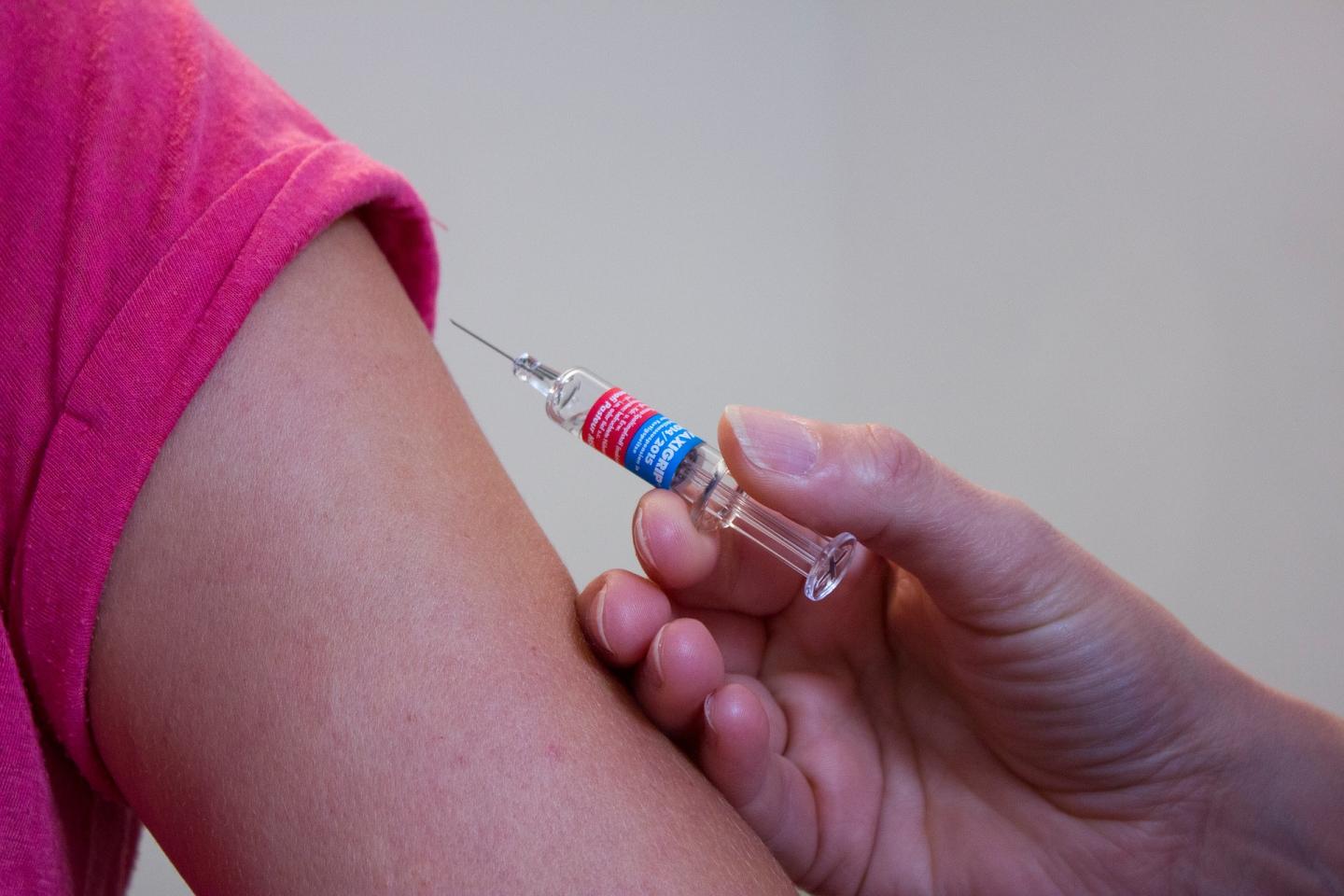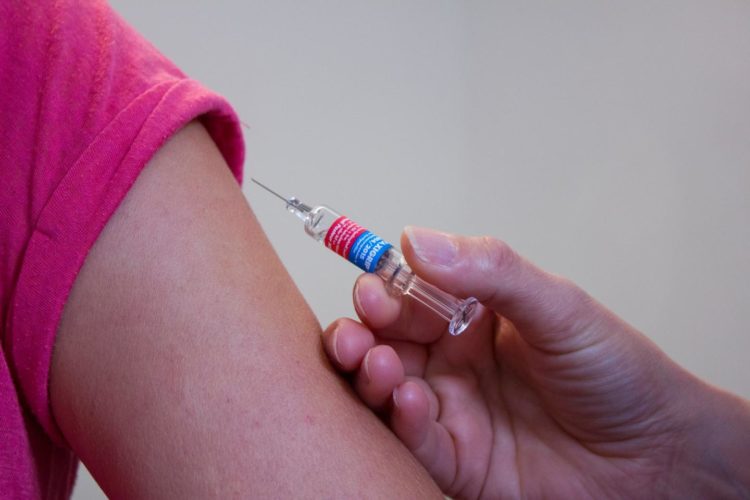
Credit: kfuhlert, Pixabay
California’s elimination, in 2016, of non-medical vaccine exemptions from school entry requirements was associated with an estimated increase in vaccination coverage at state and county levels, according to a new study published this week in PLOS Medicine by Nathan Lo of the University of California, San Francisco, and colleagues.
Vaccine hesitancy, the reluctance or refusal to receive vaccinations, is a growing public health problem in the United States and globally. The effectiveness of state policies that eliminate non-medical exemptions to childhood vaccination requirements has been unclear. In the new study, researchers used publicly available data from the US Centers for Disease Control and Prevention on coverage of measles, mumps, and rubella (MMR) vaccination and rates of both non-medical and medical exemptions in children entering kindergarten. The dataset included information on 45 states from 2011 to 2017 and county-level data from 17 states spanning 2010 through 2017.
The results of the analysis suggest that after the 2016 implementation of California’s new exemption policy, MMR coverage in California increased by 3.3% over what the projected MMR coverage in California would be in the absence of the policy. Non-medical vaccination exemptions decreased by 2.4% and medical exemptions increased by 0.4%. Change in MMR vaccination coverage across California counties from 2015 to 2017 ranged from a 6% decrease to a 26% increase, with the largest increases seen in “high risk” counties with the lower pre-policy vaccination coverage.
“These study results support the idea that state level governmental policies to remove non-medical exemptions can be effective strategies to increase vaccination coverage across the United States,” the authors say.
###
Research Article
Funding:
The authors received no specific funding for this work.
Competing Interests:
I have read the journal’s policy and the authors of this manuscript have the following competing interests: NCL reports funding from the World Health Organization for work outside of the current study. NCL was previously supported by the Medical Scientist Training Program (Stanford University School of Medicine). No other authors have competing interests.
Citation:
Nyathi S, Karpel HC, Sainani KL, Maldonado Y, Hotez PJ, Bendavid E, et al. (2019) The 2016 California policy to eliminate nonmedical vaccine exemptions and changes in vaccine coverage: An empirical policy analysis. PLoS Med 16(12): e1002994. https:/
Image Credit: kfuhlert, Pixabay
Author Affiliations:
Department of Epidemiology and Population Health, Stanford University School of Medicine, Stanford, California, United States of America
New York University School of Medicine, New York, New York, United States of America
Division of Infectious Diseases, Department of Pediatrics, Stanford University School of Medicine, Stanford, California, United States of America
Texas Children’s Hospital Center for Vaccine Development, Departments of Pediatrics and Molecular Virology and Microbiology, Baylor College of Medicine, Houston, Texas, United States of America
Department of Biology, Baylor University, Waco, Texas, United States of America
Hagler Institute for Advanced Study at Texas A&M University, College Station, Texas, United States of America
James A. Baker III Institute for Public Policy, Rice University, Houston, Texas, United States of America
Center for Population Health Sciences, Division of Primary Care and Population Health, Department of Medicine, Stanford University, Stanford, California, United States of America
Department of Medicine, University of California, San Francisco, San Francisco, California, United States of America
In your coverage please use this URL to provide access to the freely available paper: http://journals.
Media Contact
PLOS Medicine
[email protected]
Related Journal Article
http://dx.





